Three days in Las Palmas
Do you think that the Canary Islands are synonymous with lounging on sun-drenched beaches? Think again. We traveled around Gran Canaria and discovered stunning nature, extinct volcanoes, picturesque villages, unique vegetation, fantastic food, a fascinating indigenous culture, and yes, of course, sun and sand. Are you curious about our experiences? Check out our blog and get ready to pack. Our starting point is Las Palmas, the capital of Gran Canaria.
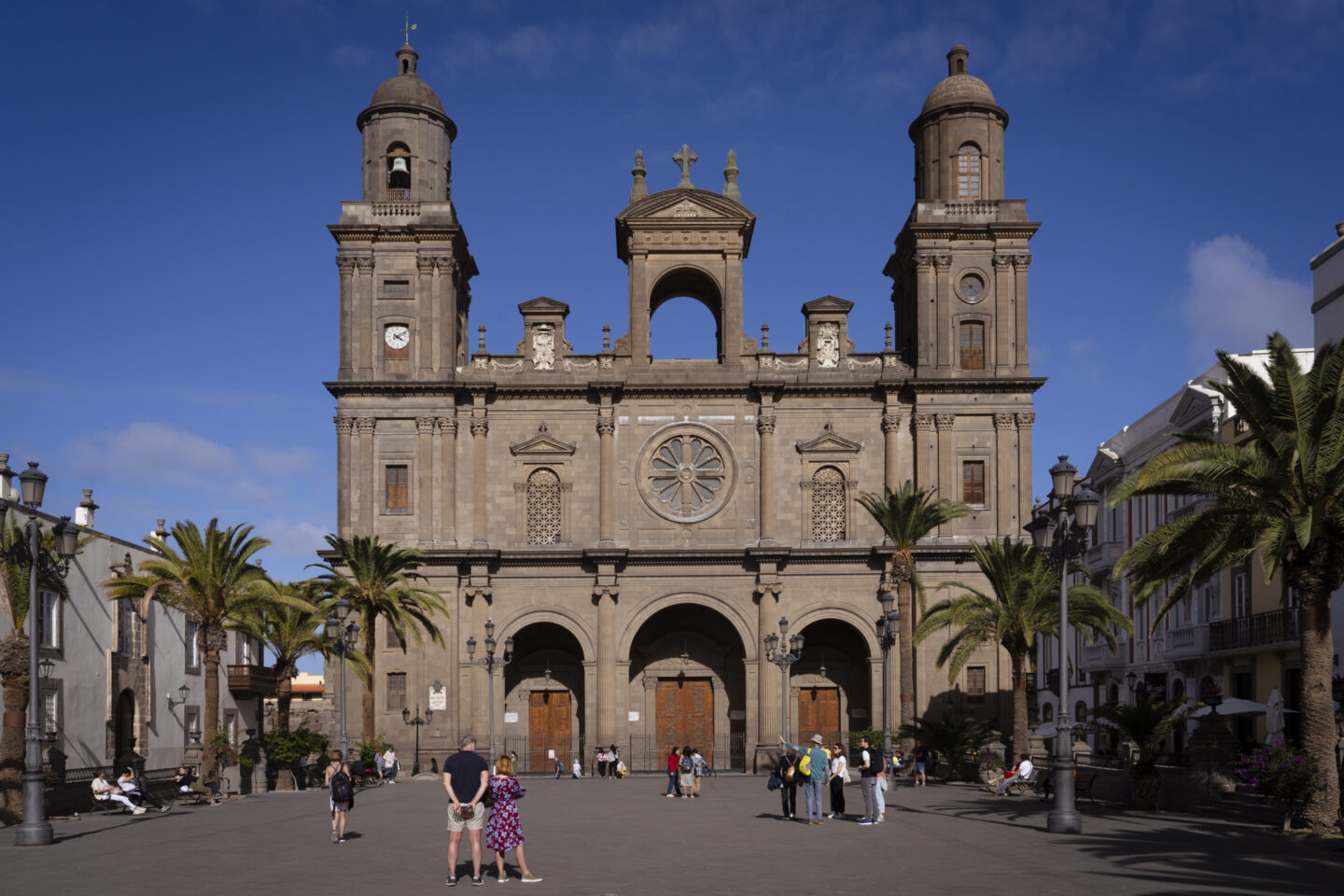
Las Palmas, a port city
Gran Canaria enjoys an exceptional geographical location in the Atlantic Ocean, only 150 km from the coast of Morocco. The island has been a bridge between Europe, Africa and the Americas for centuries. Even before Christopher Columbus's first voyage of discovery in 1492, the Canary Islands had trade links with Europe and Africa.
The discovery of America made the Canary Islands an important stop on the way to the New World. The islands were an excellent trading post and a source of emigration to unknown destinations. Ships were loaded with sheep, goats, pigs, cheese, sugar cane, bananas and wine as sailors, conquistadors, emigrants and even slaves set out for a new life. By the end of the 19th century, Las Palmas had grown into a progressive city with a thriving port.

The harbor: Puerto de la Luz
The first thing you notice when you arrive in Las Palmas is the port of Puerto de la Luz. It is one of the largest harbors in Europe and a logistical hub connected to 180 seaports around the world. After Columbus' Santa Maria, impressive cruise ships, container ships, fishing boats and ferries for vehicles and passengers now dock here. Puerto de la Luz is also an important service station for ships sailing the Atlantic routes.
Muelle Deportivo, the marina of Las Palmas
Las Palmas also has a large and busy marina, the Muelle Deportivo, in addition to the commercial Puerto de la Luz. The port has 1,250 dock spaces in a protected area of more than 200,000 square meters. It is the starting point for regattas and sailboats that cross the Atlantic Ocean. The Muelle Deportivo is a lovely place where you can admire large and small sailing ships and pleasure yachts along the almost 700 meters of quay. There are also many restaurants and cafes that line the waterfront. The marina is particularly pleasant at night, especially when one of the beautifully lit cruise ships sails out of the harbor. My favorite waterfront spot for delicious fresh grilled fish is Embarcadero Restaurant.
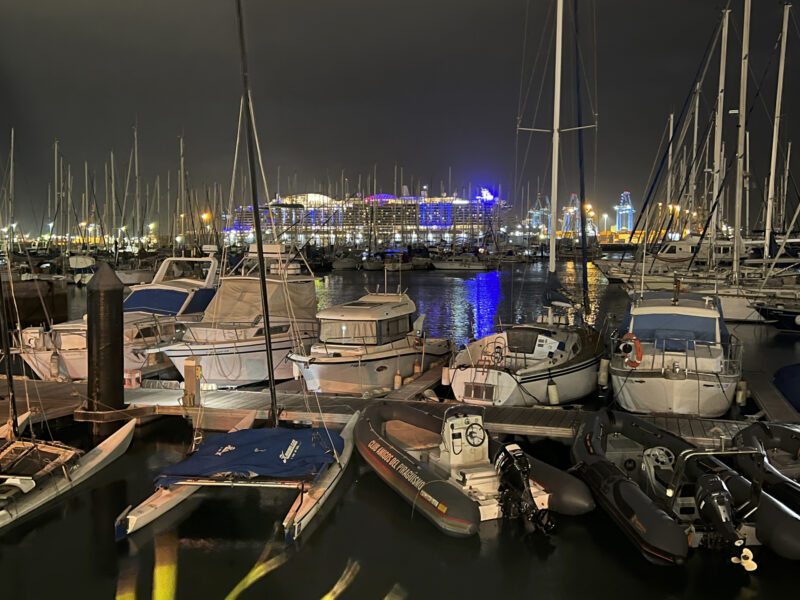
Historic Las Palmas
Gran Canaria, along with Tenerife and La Palma, was conquered and annexed by the Crown of Castile in the 15th century. The Spanish conquerors defeated the indigenous population and settled on the islands. In Las Palmas, they built churches and beautiful houses with cast-iron balconies and shady courtyards.
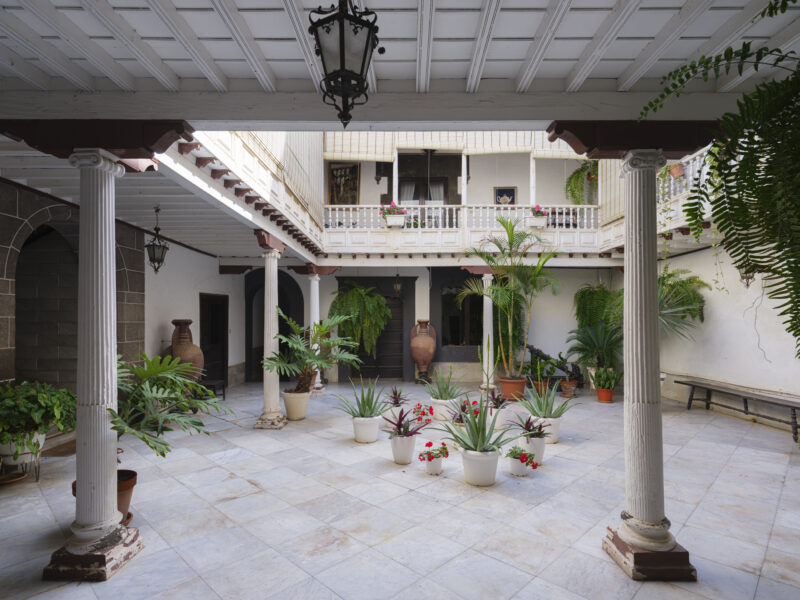
Vegueta, the historic center of Las Palmas
The Vegueta district, in the south of the city, is the historic center of Las Palmas. Here the wealthy Spanish aristocracy lived in stately homes, some of which are still in perfect condition. One of the most beautiful of these houses is Casa Colón.
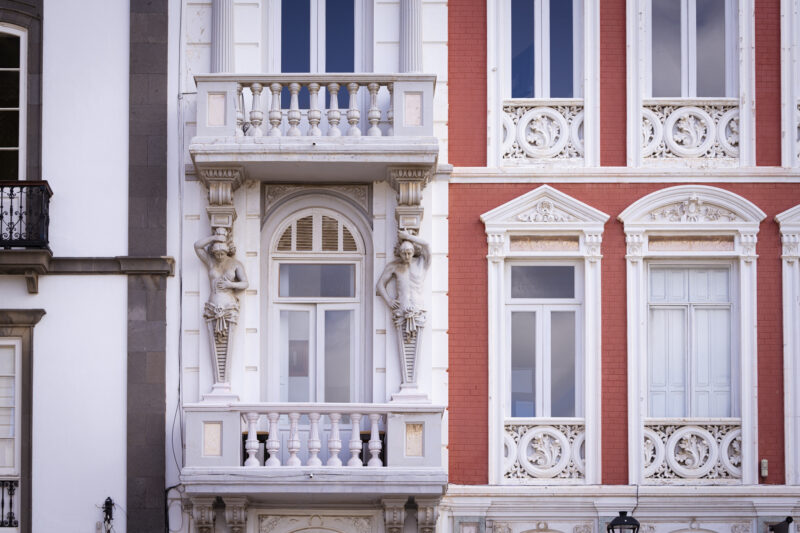
Casa Colón
Colón refers to Columbus. The explorer stayed here while repairing one of his ships that was damaged during the crossing from Spain.

The museum is a journey into the world of Columbus. There is a replica of the captain's cabin of La Niña, the ship in which Columbus returned from America during his first voyage. The cabin is slightly smaller than the original and contains some authentic pieces such as a crucifix and clay amphoras.
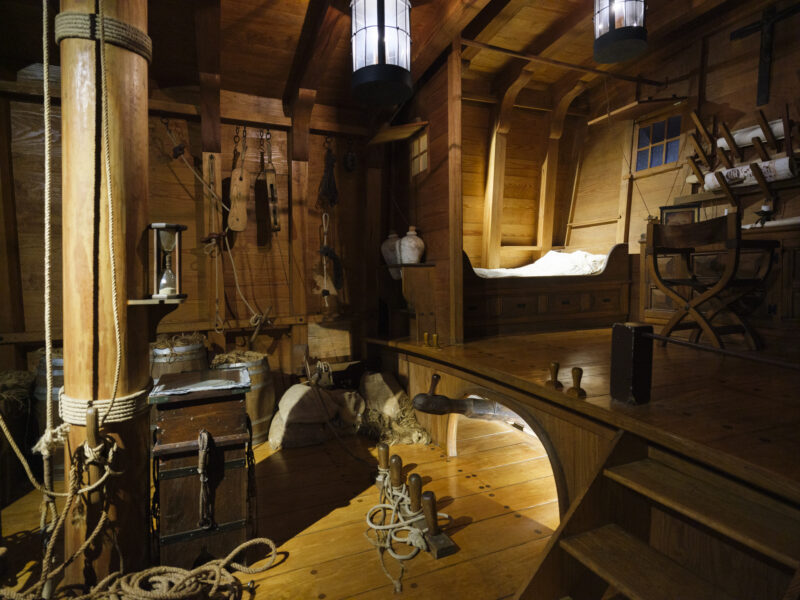
Casa Colón is a great place to learn all about the discovery of the New World and admire beautiful works of art from before and after the conquest of the Canary Islands by the Crown of Castile. Don't forget to visit the basement, where you will find a magnificent collection of pre-Columbian art.
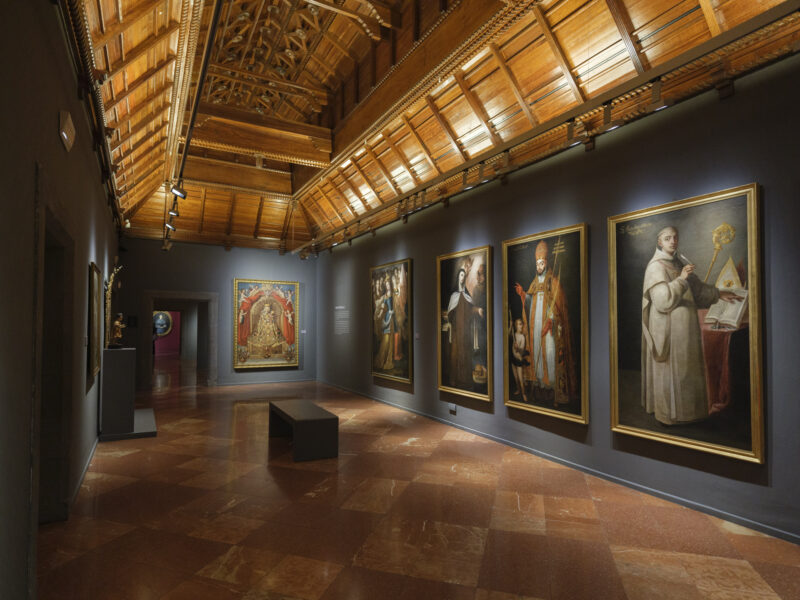
The Santa Ana Cathedral
The Cathedral of Santa Ana, in the heart of Vegueta, is the most important artistic monument in the Canary Islands. Construction began in 1497 and was not completed until the middle of the 20th century. Despite the mix of architectural styles, the cathedral is a harmonious structure. From one of the towers you have a beautiful view of the city. Take time to visit the many beautiful chapels. Of particular note are the life-size statue of Saint Joseph, the colorful statue of Saint Ferdinand, King of Castile and Leon, the Carrara marble baptismal font, and the altarpiece of Our Lady of Antigua.
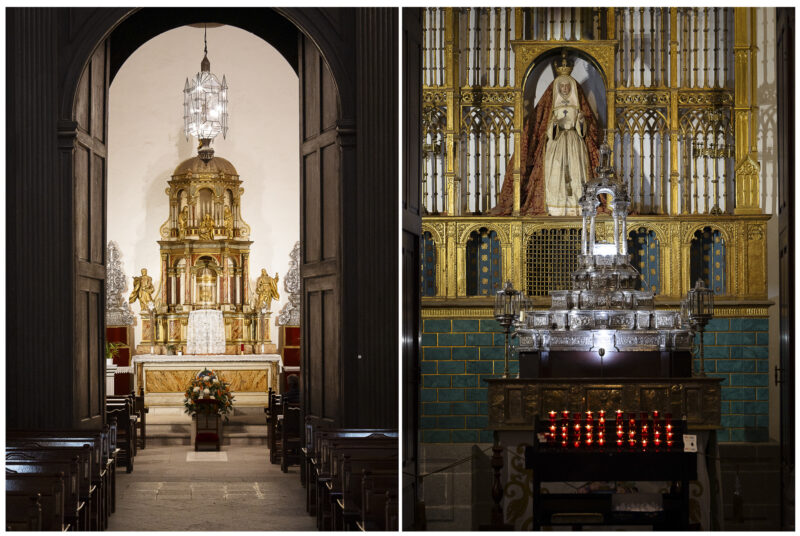
On Sundays, an organist plays the Rocafort organ between services.
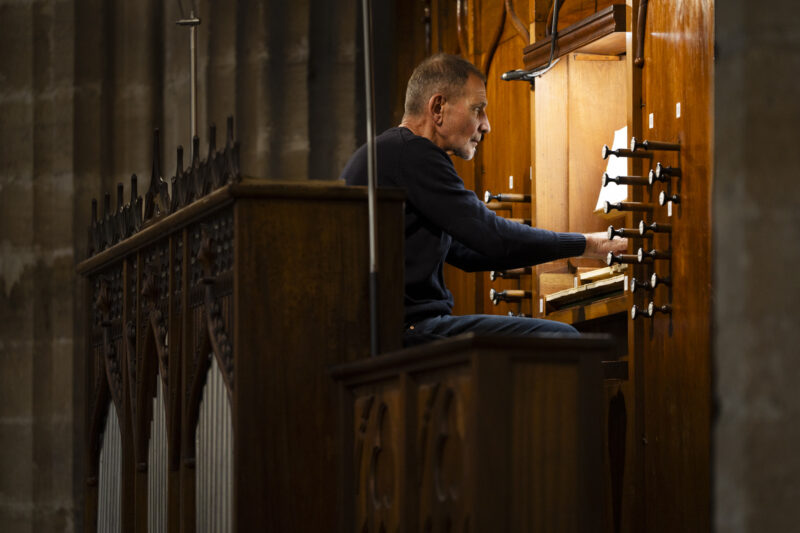
Plaza de Santa Ana
In front of the cathedral is the Plaza de Santa Ana, where 8 bronze dogs stand guard. The dogs are the symbol of Gran Canaria. The square is surrounded by historic houses from the 17th century. Just behind the Plaza de Santa Ana is the Plaza Espíritu Santo. The small, hidden square is dominated by a stately, domed fountain surrounded by dragon trees and palm trees.
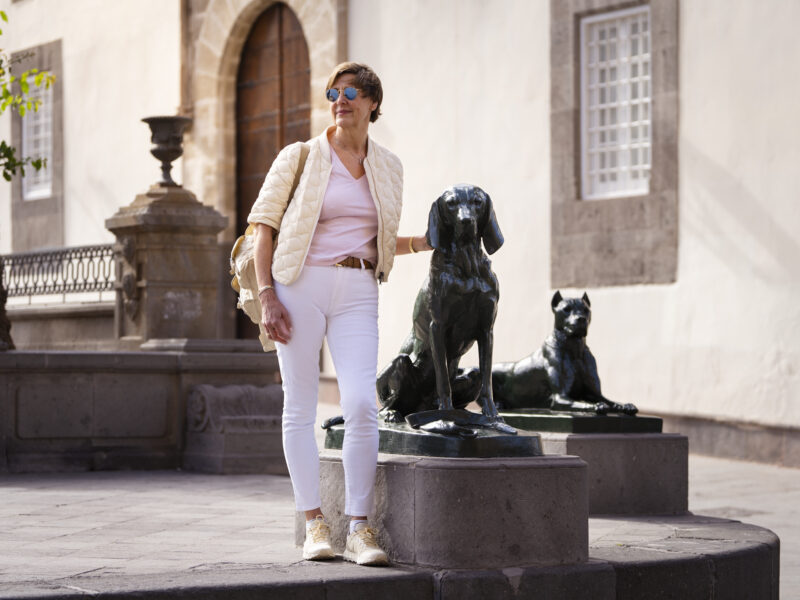
Mercado de Vegueta
The Vegueta Market is a must for food lovers. Inside the pink building you will find fresh local produce and typical bars where you can indulge in churros and hot chocolate.
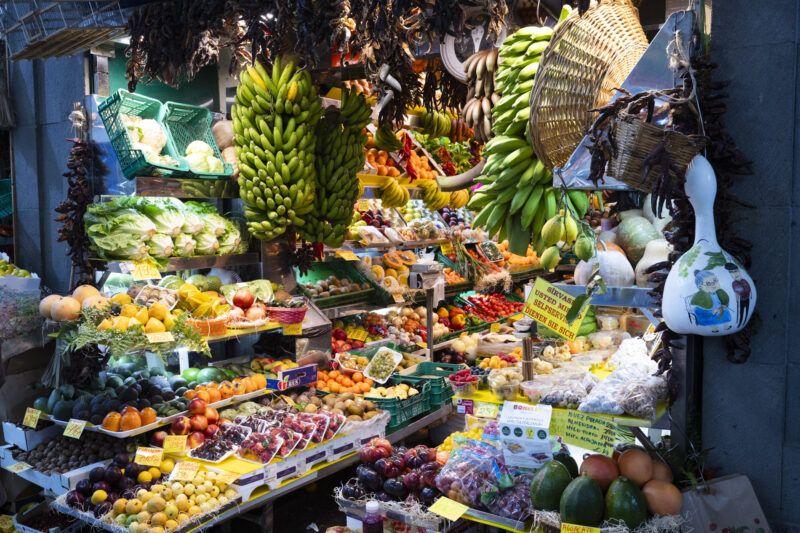
Museo Canario
The Museo Canario tells the complete story of the Canarii, the indigenous people who lived on the islands before the arrival of the Spaniards. The museum has a wonderful collection of pre-Hispanic ceramics and other objects. A special experience is a visit to the room of mummies, skulls and skeletons of the indigenous Canarii.

Triana
Triana is not as old as the neighboring Vegueta. It is a vibrant area of Las Palmas that should definitely be on your list of things to do in Las Palmas.

Shopping district in Art Nouveau style
Triana stands out for its striking architecture. The pastel-colored facades of colonial and Art Nouveau buildings alternate in the busy streets and small alleys. A walk through the neighborhood is reminiscent of the Triana neighborhood of the same name in Seville. Calle Triana, Calle Malteses, Calle Viera y Clavijo, Calle Perojo and Calle Cano are a must for architecture lovers. If architecture is not your thing, you will definitely enjoy the many shops and restaurants in Triana.
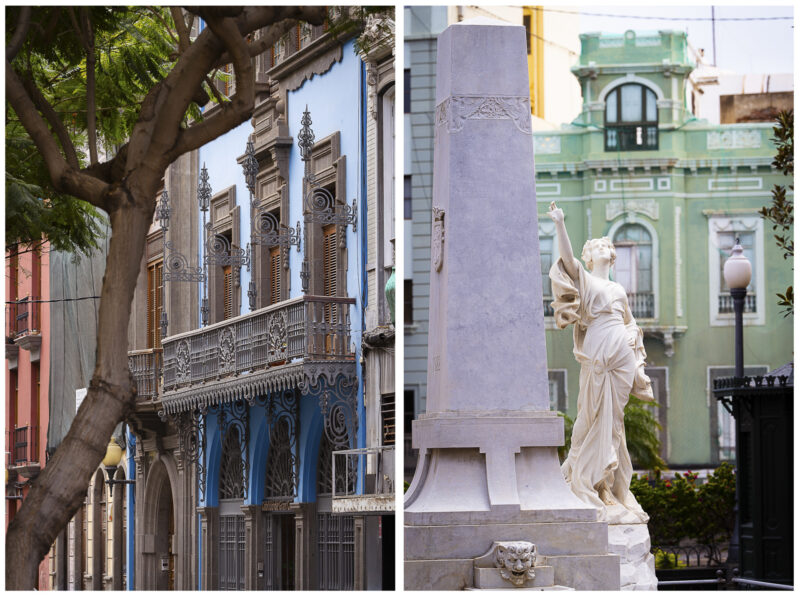
Parque San Telmo
You can't miss the great Parque San Telmo. It is a busy central spot for buses and taxis, but also an oasis in the city. Besides the playground, music kiosk and chapel, the beautiful Art Nouveau coffee kiosk stands out. The kiosk is covered in gleaming white tiles and serves delicious coffee and pastries. The terrace under the large, bright green ficus trees is an absolute pleasure.
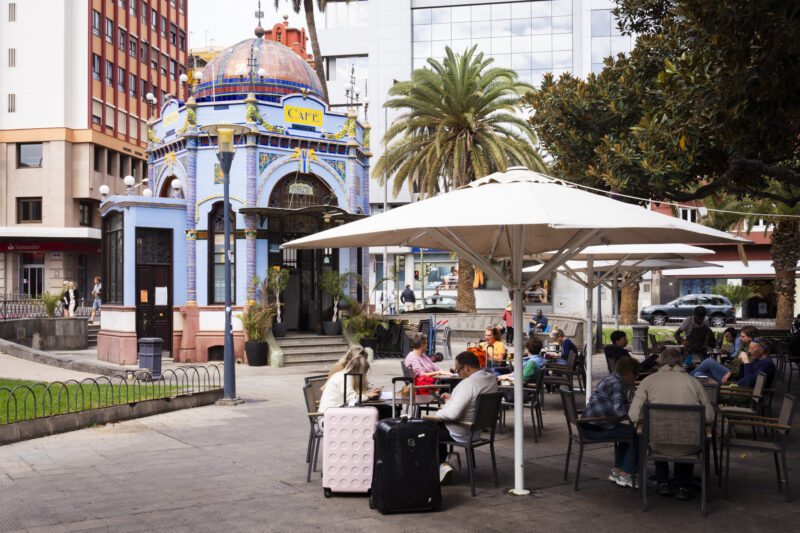
Gabinete Literario
The Gabinete Literario is a historical monument and a jewel of the Art Nouveau style. Located in the picturesque Plazoleta de Cairasco, the building has an impressive façade, but its true splendor is revealed when you enter the luminous foyer. An imposing marble staircase with a fine metal banister leads to higher floors that invite exploration. Unfortunately, the building is only open to members of the literary club. However, you can enjoy a typical Canarian meal in the brand new restaurant Néstor.
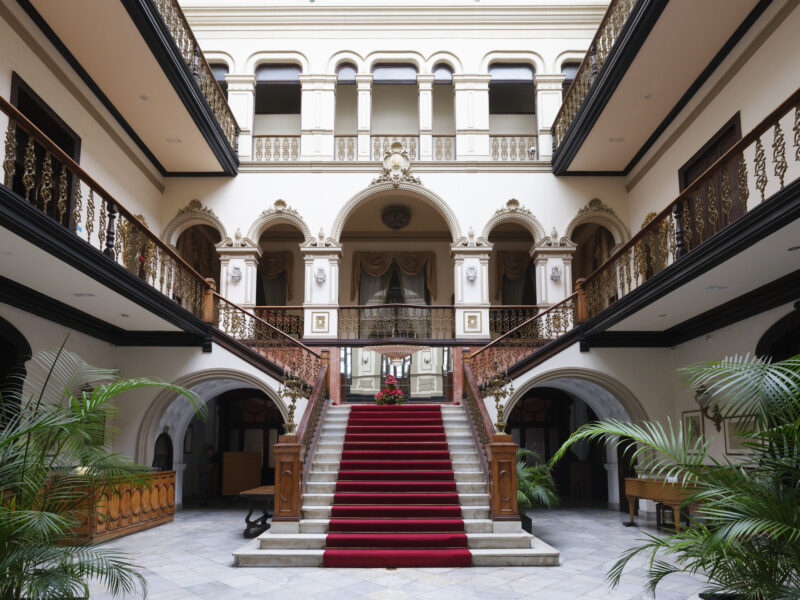
Shopping in Triana
All this beauty probably made you hungry. If you like sweet things, go to Roscas Popcorn Palomitas at the beginning of Calle Triana. You'll find all kinds of nougat, nuts, fruit gum and cookies. The candy apples and the candy grapes will be made fresh just for you.
For a delicious sandwich with Iberian ham go to d'Buen Gusto and for coffee and pastries try Rincón del Pan. We go to Vinofilos, one of the best wine and tapas bars in town. I will tell you more about this in the blog.
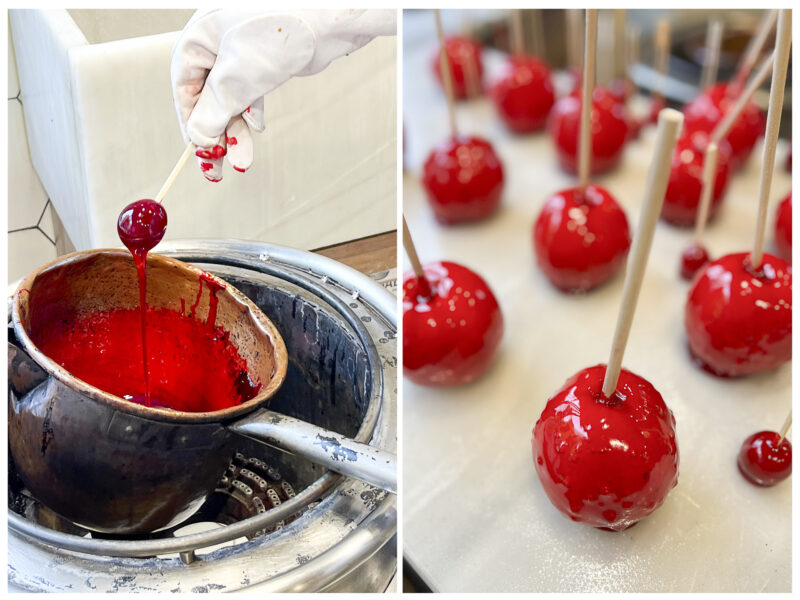
If you are looking for handcrafted items, be sure to visit the Fedac Store located on Domingo Navarro Street. Fedac is an organization that centralizes the work done by local artisans and artists. You'll find jewelry, clothing, ceramics, leather goods and even knives. In the studio next to the shop, we meet the ladies of the "painting on silk" class. I buy a cotton scarf with merino wool applications, the first work of one of the students. Everything is handmade and the colors are natural. Onion skins are used for beiges and chili peppers for reds, but they also use dyes from flowers and insects.
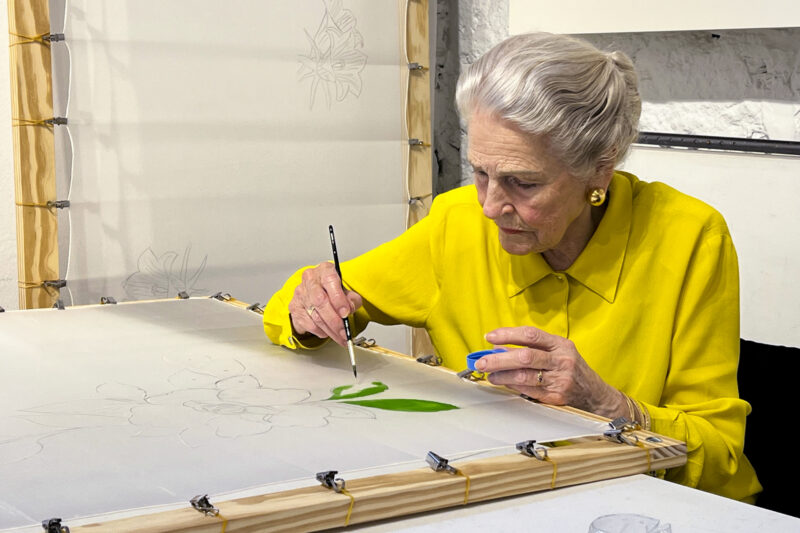
Jardín Botánico Viera y Clavijo
Eight kilometers south of Las Palmas, in the magnificent Barranco de Guiniguada, is the Jardín Botánico Viera y Clavijo, the largest and most beautiful botanical garden in Spain. This Eden of greenery is the life's work of the Swedish-Spanish botanist Eric Svensson, who Latinized his name to Sventenius. Inaugurated in 1959, the garden brought together the botanical riches of the Canary Islands in one place. You can easily spend a couple of hours wandering around the 10 hectares of gardens with more than 500 species of native plants and trees. Some of the species growing here are endangered.
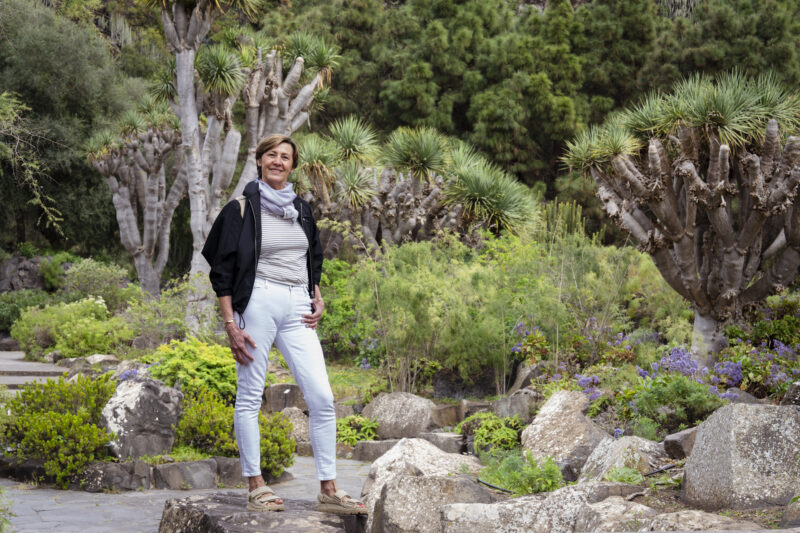
The botanical garden is divided into themes. There is a laurel forest, a pine forest and a palm forest, interspersed with flower beds and other native plants. The dragon trees and cactus garden are very special. A path winds past a collection of 2,000 large and small cacti and succulents. There are two entrances to the Botanical Garden.
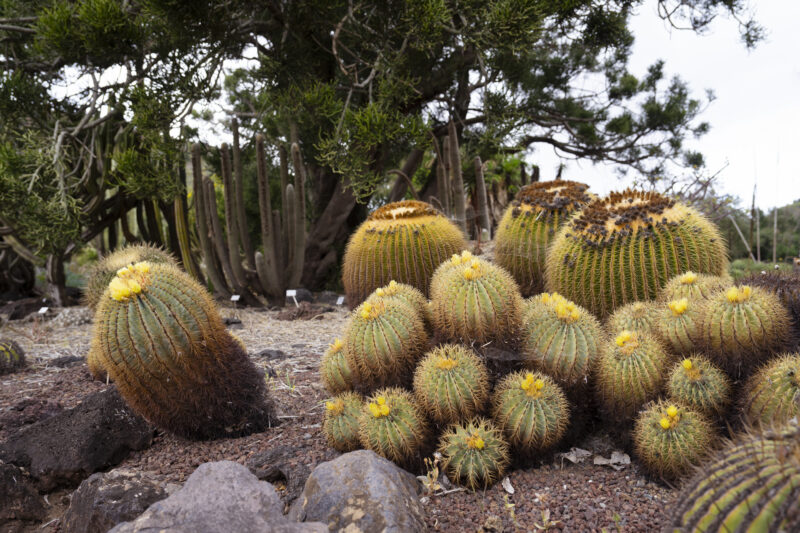
There are two entrances to the Botanical Garden. At the top you have a beautiful view of the gardens. At the bottom, you are immediately surrounded by an abundance of endemic plants.
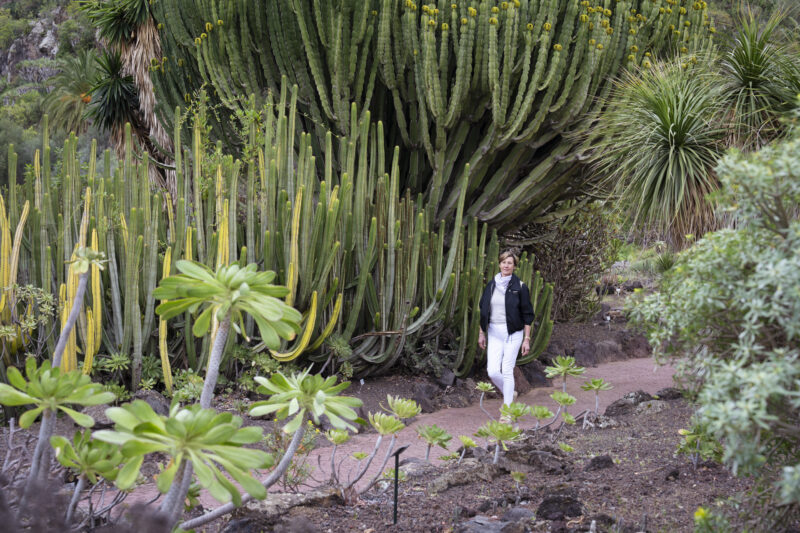
Santa Catalina, a Royal Hideaway Hotel
Las Palmas is the ideal base from which to explore most of Gran Canaria. Here we will be staying at the historic Hotel Santa Catalina. The hotel is centrally located in the city, surrounded by the beautiful gardens of Parque Doramas. The Muelle Deportivo is a 5-minute walk away.
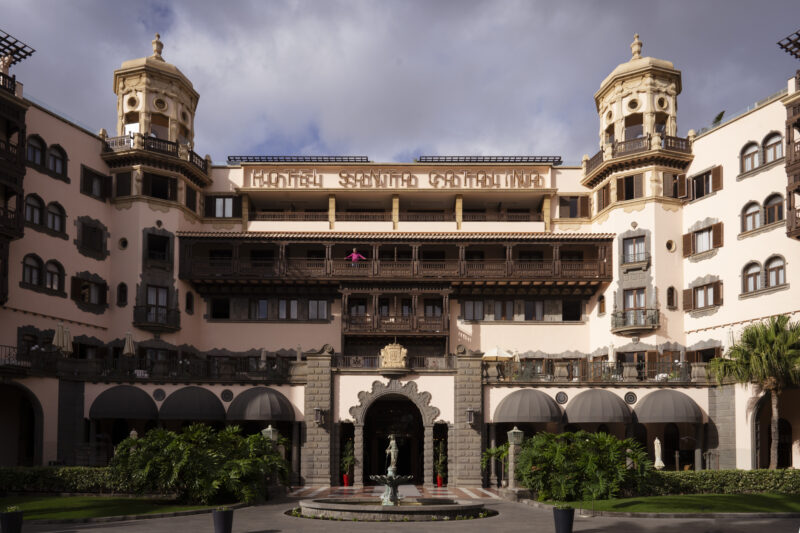
The hotel was built in 1890 by the English architect James MacLaren as a stop for travelers en route from England to South Africa. The hotel had 2 floors and was constructed entirely of wood imported from England. The hotel guests were mostly English. The hotel was closed just before the First World War. It remained closed and fell into disrepair until the local government purchased the building and began restoration. In 1952, the hotel was reopened with three additional floors. Important political and cultural figures have stayed at the historic hotel. Gregory Peck stayed at the Santa Catalina Hotel while filming the movie Moby Dick in 1956. Winston Churchill, Agatha Christie and Maria Callas also left their mark, as did the King of Spain and Ferran Adrià, who came incognito.
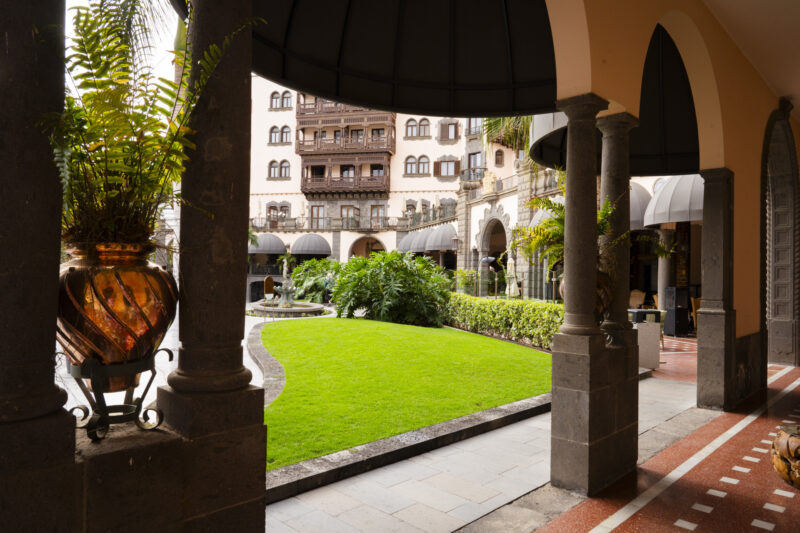
The hotel is very elegant. The Spanish colonial style predominates, with geometric wood panels and marble floors. The furniture in the lounges and rooms is classic but new. The rooms are equipped with all comforts and the bathrooms are new and modern. The hotel has several restaurants, including the Michelin-starred Poemas. You can enjoy a coffee or an aperitif under the large colonnade or by the two beautiful swimming pools. The hotel's service is at the highest level. What struck me most was the genuine friendliness and warmth of the staff.

We leave the capital Las Palmas and explore the north coast of Gran Canaria.